Winter Bonus
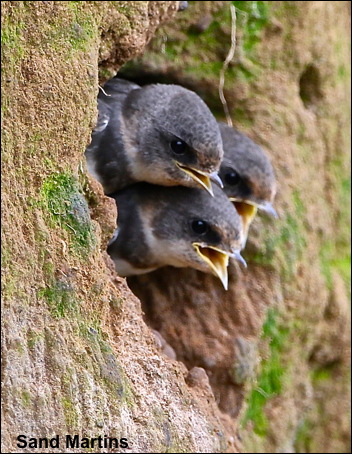 In March one of the winter storms resulted in a collapse of the bank along a local stream. It resulted in the exposure of a ten foot high vertical sandy bank which was immediately discovered by Sand Martins upon their return in April. Now, three months on, twenty pairs of Sand Martins have reared two broods of young resulting in more than one hundred young fledging from what was initially a disaster area. Let nature take its course comes to mind. click here
In March one of the winter storms resulted in a collapse of the bank along a local stream. It resulted in the exposure of a ten foot high vertical sandy bank which was immediately discovered by Sand Martins upon their return in April. Now, three months on, twenty pairs of Sand Martins have reared two broods of young resulting in more than one hundred young fledging from what was initially a disaster area. Let nature take its course comes to mind. click here



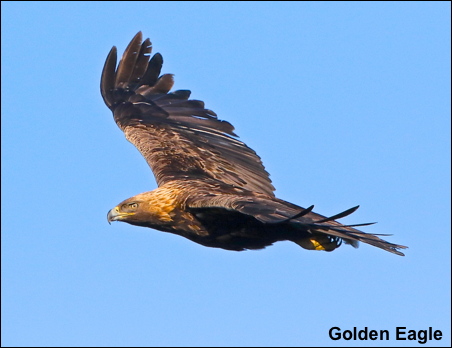
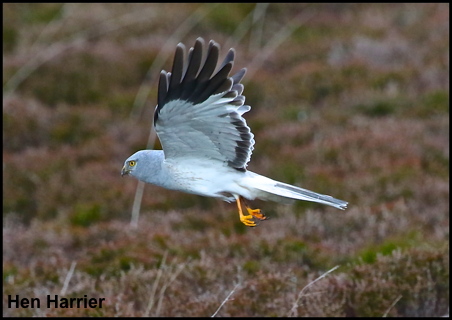
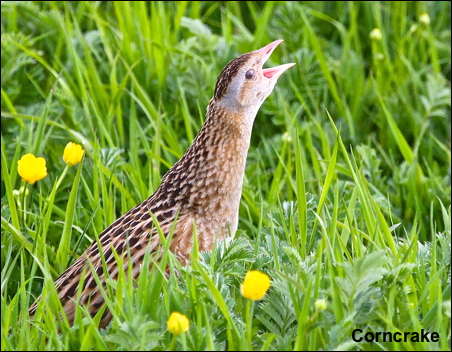 We have now returned from our summer visit to Islay and once again the number of calling Corncrakes are down on previous years. Cold weather has not helped but this recent steady decline was blamed on the withdrawal of Government subsidies that paid the Islay farmers to leave their fields until after the 1st August, allowing Corncrakes to rear two broods of young. Some haymaking was already underway as we left Islay this week but is this early harvesting the real reason for the Corncrakes decline? – I fear not.
We have now returned from our summer visit to Islay and once again the number of calling Corncrakes are down on previous years. Cold weather has not helped but this recent steady decline was blamed on the withdrawal of Government subsidies that paid the Islay farmers to leave their fields until after the 1st August, allowing Corncrakes to rear two broods of young. Some haymaking was already underway as we left Islay this week but is this early harvesting the real reason for the Corncrakes decline? – I fear not.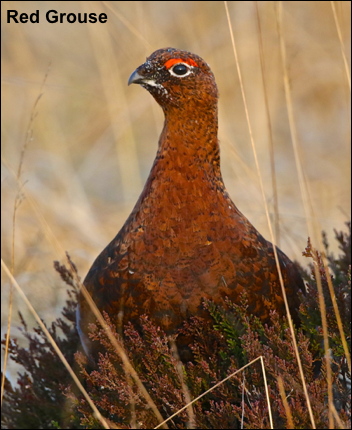 The last few weeks I have spent many hours on the moors looking for Long Eared and Short Eared Owls. Whilst sat still waiting I have seen good numbers of Red Grouse. The male Red Grouse does not incubate the eggs but twice a day he escorts the female while she feeds before returning to incubate. This weeks gallery shows a few of the Grouse photos but the next four weeks promises a feast of photos of four of our special birds – Corncrake, Hen Harrier, Kingfisher and Long Eared Owl.
The last few weeks I have spent many hours on the moors looking for Long Eared and Short Eared Owls. Whilst sat still waiting I have seen good numbers of Red Grouse. The male Red Grouse does not incubate the eggs but twice a day he escorts the female while she feeds before returning to incubate. This weeks gallery shows a few of the Grouse photos but the next four weeks promises a feast of photos of four of our special birds – Corncrake, Hen Harrier, Kingfisher and Long Eared Owl.